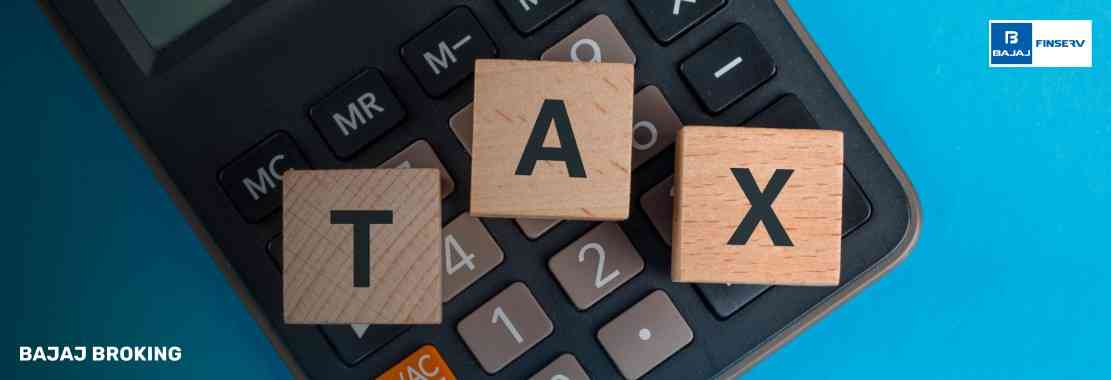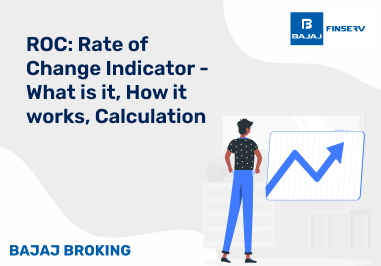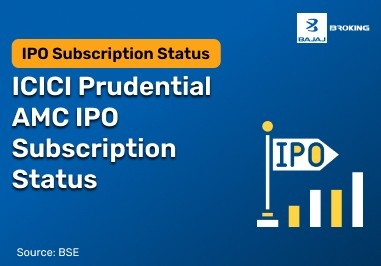If you are an Indian resident earning a modest income, the income tax rebate under Section 87A can reduce your overall tax burden. This rebate is designed to offer tax relief to individuals falling within a specified income bracket. Whether you follow the old or new regime, understanding this section is important during your income tax return filing. The rebate amount changes depending on the applicable tax regime and income slab. Claiming it correctly can result in a complete waiver of your income tax liability. Knowing the eligibility and calculation methods ensures you do not miss this tax-saving provision.
What Is Income Tax Rebate Under Section 87a?
Section 87A of the Income Tax Act allows resident individuals to claim a rebate on their total tax liability, provided their total income does not exceed the specified limit. The rebate directly reduces the final tax payable and is not a deduction from income. This benefit is available only to individuals—not to HUFs or firms. The rebate amount may differ between the old and new tax regimes. If you qualify, you can claim the rebate while completing your income tax return filing. The final tax payable is reduced by the rebate amount, but cannot go below zero.
How Much Is the Rebate Allowed U/s 87a?
The maximum income tax rebate under Section 87A differs based on the tax regime chosen. Under the new regime for FY 2024–25, individuals earning up to Rs. 7 lakh can claim a full rebate of Rs. 25,000. Under the old regime, those with income up to Rs. 5 lakh can claim a rebate of Rs. 12,500. The rebate is applied to the total tax payable before health and education cess. If your tax liability is less than the maximum allowable rebate, it is reduced to zero. This rebate helps you bring down your tax burden while filing your return.
New Regime
If you opt for the new regime, the rebate limit under Section 87A has been revised. Here are the details:
Income up to Rs. 7 lakh
Individuals earning up to Rs. 7 lakh can claim a full rebate of Rs. 25,000, resulting in zero tax liability.
No deductions required
Unlike the old regime, you do not need to invest in specific schemes to avail this rebate under Section 87A.
Applicable for FY 2024–25
These revised limits are valid for the financial year 2024–25 and are useful if you have limited deductions.
Flat tax savings
The rebate brings your tax liability to zero if your income is within the threshold.
Old regime
The old regime allows deductions and rebates simultaneously. Under Section 87A, the following conditions apply:
Income up to Rs. 5 lakh
You can claim a rebate of up to Rs. 12,500 if your total income is below or equal to Rs. 5 lakh.
Post-deduction income check
The income is assessed after applying deductions like Section 80C, 80D, and HRA exemptions.
Covers only residents
The rebate is only available to resident individuals, not to NRIs or HUFs.
Applied after tax computation
The rebate is applied after the normal tax is computed but before adding cess.
Criteria for Qualifying to Claim Tax Rebate Under Section 87a
Before you claim the income tax rebate under Section 87A, make sure you meet the eligibility conditions. The table below explains the criteria:
Eligibility Parameter
| Requirement
|
Residential Status
| Must be a resident individual of India
|
Total Taxable Income
| Up to Rs. 5 lakh (old regime) / Rs. 7 lakh (new regime)
|
Age Group
| No restriction based on age
|
Taxpayer Category
| Individuals only (not firms or HUFs)
|
Type of Income
| Any income, excluding specific exempt categories
|
Applicable Regimes
| Both old and new regimes (with different thresholds)
|
Marginal relief allowed on rebate
Marginal relief ensures you are not taxed more than the benefit of exceeding the rebate limit by a small margin. See the table below:
Income (Rs.)
| Tax Without Rebate (Rs.)
| Rebate Allowed (Rs.)
| Tax Payable (Rs.)
|
7,00,000
| 25,000
| 25,000
| 0
|
7,01,000
| 26,050
| Marginal relief: 50
| 26,000
|
7,05,000
| 26,950
| Marginal relief: 1,950
| 25,000
|
7,10,000 and above
| 27,800+
| No relief
| As per tax slabs
|
Marginal relief is automatically computed during income tax return filing. It ensures fairness near the threshold.
How to Claim a Tax Rebate Under Section 87a?
Claiming the income tax rebate under Section 87A is straightforward if you follow these steps during your ITR filing process:
Step
| Description
|
Tax Computation
| Calculate your total income and tax based on the applicable regime.
|
Apply Deductions
| In the old regime, apply deductions under Sections 80C, 80D, etc.
|
Check Income Threshold
| Ensure total taxable income is under Rs. 5 lakh or Rs. 7 lakh.
|
Select Appropriate ITR
| Use ITR-1 or ITR-2 based on your income sources.
|
Auto-Rebate Calculation
| The rebate is automatically applied by the system during filing.
|
Rebate against various tax liabilities
The rebate under Section 87A only applies against certain components of your tax liability. Here is how it works:
Basic income tax liability
The rebate is applied to reduce the total tax payable, excluding cess and surcharge.
Not applicable to cess
Health and education cess (4%) is added after the rebate is applied and cannot be reduced.
LTCG exclusion
Rebate is not available if your income is solely from long-term capital gains taxed at special rates.
Cannot create refund
If your tax liability is zero after the rebate, no excess rebate is refunded to you.
Tax Rebate Limits Under Section 87a Across Various Financial Years
Rebate limits under Section 87A have changed over the years. The table below summarises the limits across key periods:
Financial Year
| Income Limit (Rs.)
| Maximum Rebate (Rs.)
| Tax Regime
|
2019–20
| 5,00,000
| 12,500
| Old regime only
|
2020–21
| 5,00,000
| 12,500
| Both regimes
|
2022–23
| 5,00,000
| 12,500
| Both regimes
|
2024–25
| 7,00,000
| 25,000
| New regime only
|
These changes reflect increased income thresholds and evolving tax structures.
Considerations Before Rebate Under Section 87a
Before you apply for the income tax rebate under Section 87A, keep the following points in mind:
Assess total taxable income
Calculate total income after deductions to check eligibility accurately under the correct regime.
Compare both tax regimes
Use a tax calculator to see whether the old or new regime gives you more savings with or without the rebate.
Verify income source
Ensure your income is not entirely from LTCG or other ineligible categories for rebate purposes.
Resident status
Only resident individuals are allowed to claim this rebate. NRIs are not eligible under any condition.
Conclusion
The income tax rebate under Section 87A is a significant relief for individuals with moderate income levels. Whether you choose the old or new regime, understanding your eligibility and applying the rebate properly during income tax return filing can bring down your tax burden significantly. This rebate is especially beneficial for salaried individuals, freelancers, and pensioners who fall within the prescribed income thresholds. Knowing how and when to claim it ensures you do not miss this important tax-saving opportunity while staying compliant with the Income Tax Act.














